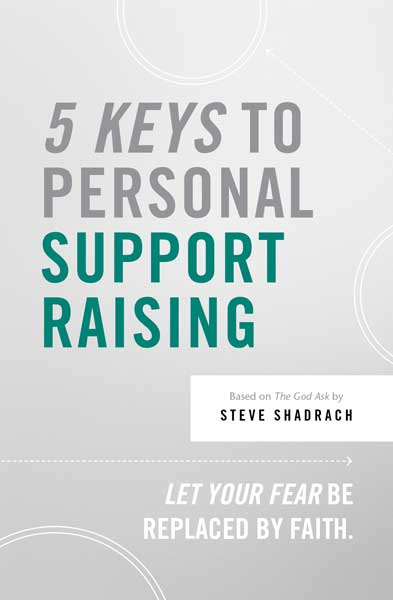
In 1 Chronicles is a detailed account of the mighty men who joined David in order to “turn Saul’s kingdom over to him, as the Lord had said.” It mentions a small group of men from Issachar, “who understood the times and knew what Israel should do–200 chiefs, with all their relatives under their command” (1 Chronicles 12:32).
One of the challenges we face as Partnership Development professionals is prayerfully seeking wisdom to understand the times. We must stay aware of the context in which we live and minister, discerning how it affects our relationships with those we are inviting to partner with us through prayer and financial support.
Much like proverbial “old dogs,” as mission organizations age it’s tempting to settle into ruts of familiarity. We become comfortable with our processes, procedures, and methods.
Despite advances in technology, we can stay stuck in our ways of communicating with those who keep us sustained in ministry. No matter your generation, it’s easy to fall into a comfort zone even though the ‘asking’ landscape may be changing.
As a case in point, several years ago our mission organization found itself in the midst of using an outdated (out of context) and less effective approach to partnership development.
Under this ‘Full Information–No Solicitation’ model, missionaries shared about Wycliffe and their role within the organization, handed or sent a brochure with a response portion, and trusted that recipients would pray and give. They could answer questions about their needs, but not overtly invite people to join them in the Wycliffe ministry God had called them to be part of. There was a lot of hinting going on, but people did not feel personally invited to become ministry partners.
Fortunately, some of our ministry leaders recognized (understood the times) that this approach was no longer connecting with the broader Christian audience, and in the early 2000’s the practice of, “Full Information with a Gracious Invitation,” was adopted as our fundraising model.
Despite an arduous ‘change management’ process, the transition was not without controversy. To this day, some members are still uncomfortable with inviting people to join them in what God has called them to be part of – His redemptive plan for the nations, of which Bible translation and Scripture engagement is an integral part.
In 2017 our Partnership Development leadership team, further keeping with changing times, added some development invitation practices, namely the sharing of ranges, and ‘math equivalency’ and ‘investment shares’ examples, communicated in both verbal and graphical forms.
Have you kept your approach to partnership development relevant to the realities your audience is living in? Are you clearly conveying your mission and vision? There are a plethora of worthy needs, and many distractions too, so your message and invitation need to be centered on best communicating with your audience rather than staying in your zone of comfort.
We need to clearly inform, inspire and invite people to join us in what God has called us to, framing our asks in a way that is relevant and appropriate to the ears of our potential donors, rather than what we perceive as “acceptable.”
This is the essence of contextualization.
In the words of Amasai, chief of David’s Thirty Mighty Men – “Success, success to you, and success to those who help you, for your God will help you” ( 1 Chronicles 12:18).

